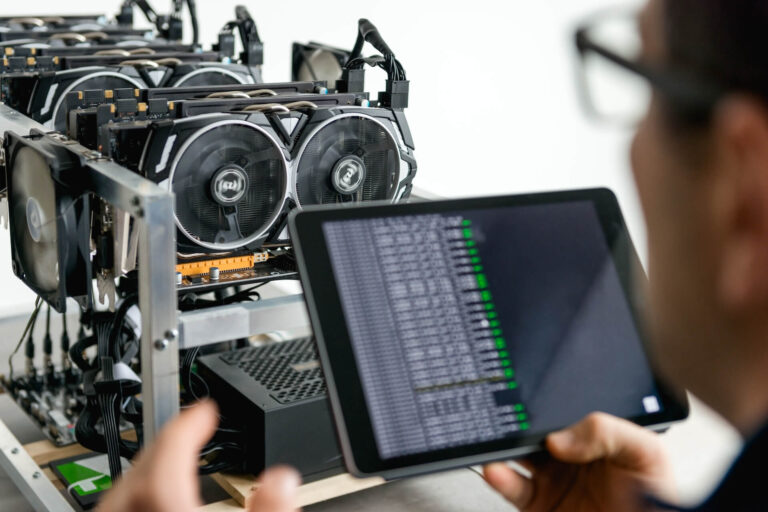
Welcome to Lets Move Solutions, Your One-Stop Source for Networking Solutions and Beyond!

Email: [email protected]

One of the most significant trends in networking equipment is the widespread adoption of 5G technology. With its faster speeds, lower latency, and higher capacity, 5G is set to revolutionize connectivity and enable a wide range of applications. In 2023, we can expect to see a significant expansion of 5G networks, leading to improved wireless communication and enhanced mobile experiences. This will pave the way for innovations such as autonomous vehicles, smart cities, and the Internet of Things (IoT) to thrive on a global scale.
In addition to 5G, Wi-Fi 6E is another trend that will gain traction in 2023. Wi-Fi 6E builds upon the capabilities of Wi-Fi 6 by utilizing the newly opened 6 GHz frequency band. This additional spectrum allows for increased network capacity, reduced interference, and improved performance, especially in dense environments. With Wi-Fi 6E, users can expect faster speeds, lower latency, and better support for bandwidth-intensive applications like virtual reality (VR), augmented reality (AR), and high-definition video streaming.
Software-Defined Networking (SDN) is another trend that will continue to shape the networking landscape in 2023. SDN decouples the control plane from the data plane, allowing for centralized network management and programmability. This flexibility and agility enable organizations to dynamically allocate network resources, automate network configuration, and optimize traffic flow. SDN also enables the implementation of virtual networks, enhancing security and scalability. As businesses increasingly embrace digital transformation, SDN will play a crucial role in simplifying network management and enabling more efficient operations.
Network virtualization is closely tied to the rise of SDN and will continue to gain prominence in 2023. By abstracting network resources and creating virtual networks, organizations can achieve greater flexibility, scalability, and cost savings. Virtualized networks enable the seamless integration of on-premises infrastructure with public and private clouds, allowing for hybrid and multi-cloud deployments. This not only simplifies network management but also enables organizations to leverage cloud resources while maintaining control over their data and security.
With the increasing prevalence of cyber threats, network security remains a top priority for businesses. In 2023, we can expect to see enhanced security measures being integrated into networking equipment. This includes the implementation of advanced threat detection and prevention mechanisms, encryption protocols, and secure access controls. Network segmentation and micro-segmentation will also become more prevalent to contain and mitigate the impact of potential security breaches. As the network becomes the backbone of critical business operations, robust security measures will be vital to safeguard data, privacy, and business continuity.
In 2023, the world of networking equipment will witness significant advancements driven by technologies such as 5G, Wi-Fi 6E, SDN, and network virtualization. These trends will enable faster and more reliable connectivity, enhanced network management capabilities, improved security measures, and greater flexibility for businesses. As organizations continue to embrace digital transformation and rely on robust network infrastructure, staying abreast of these trends will be crucial for gaining a competitive edge in the evolving landscape of networking equipment.



Stream, create, and compete at the highest levels with industry-leading features and the latest hybrid architecture
